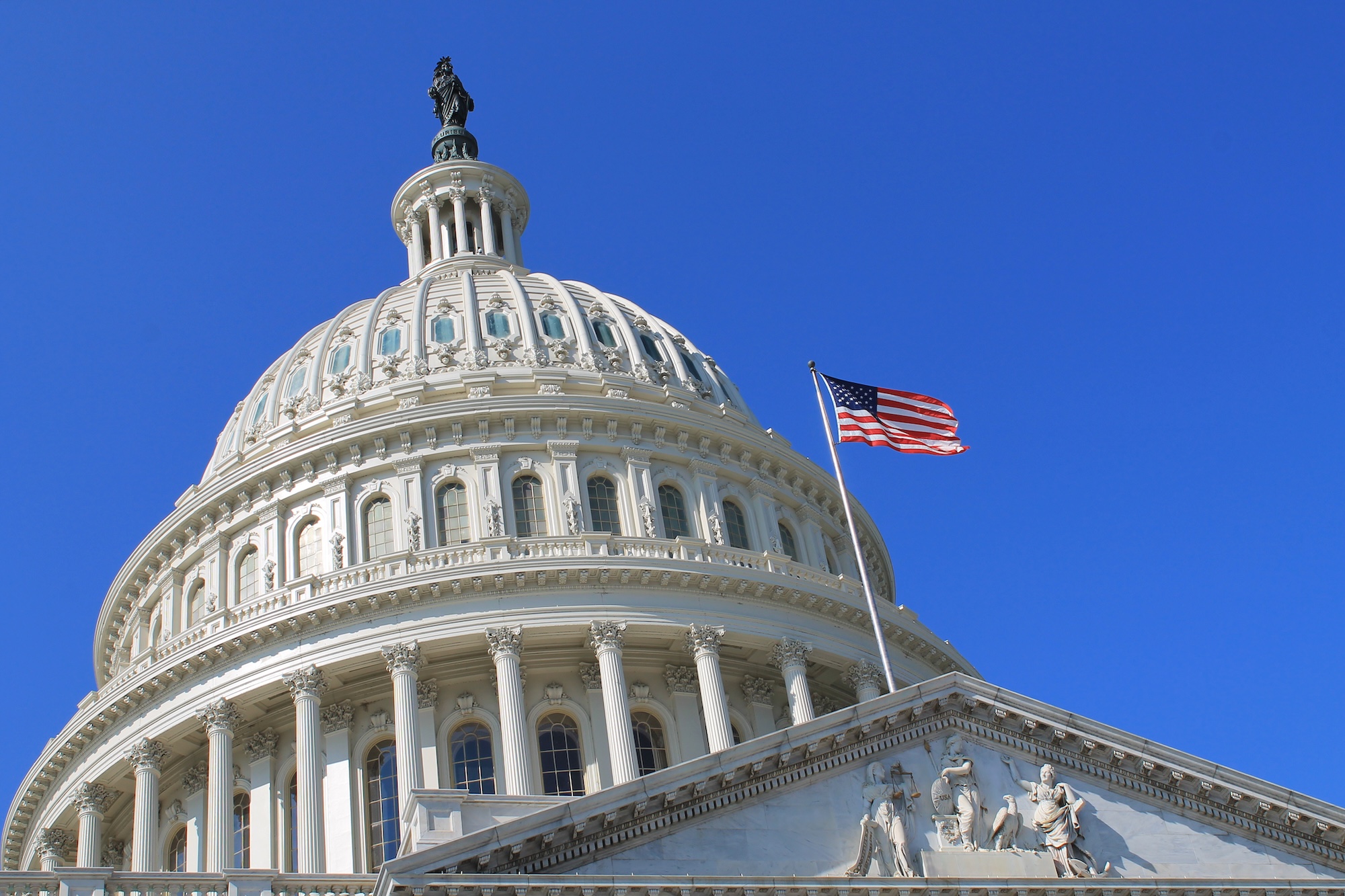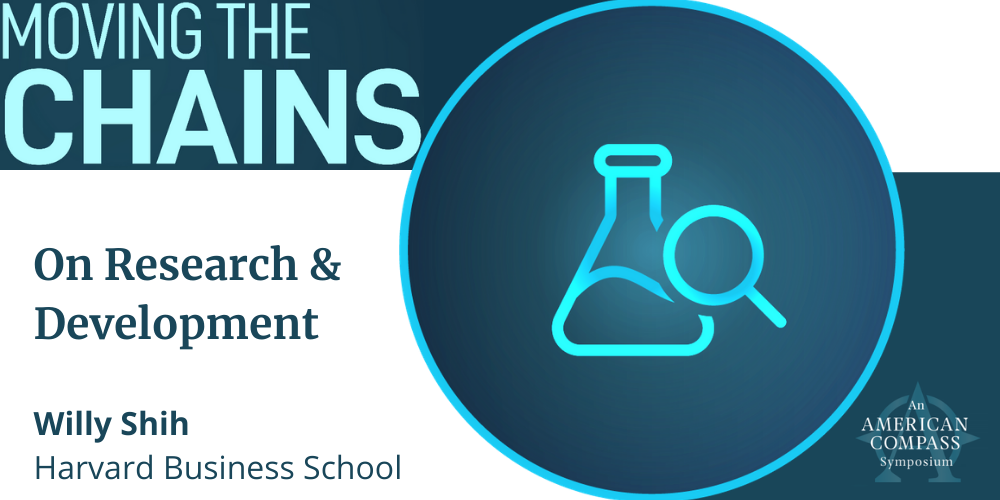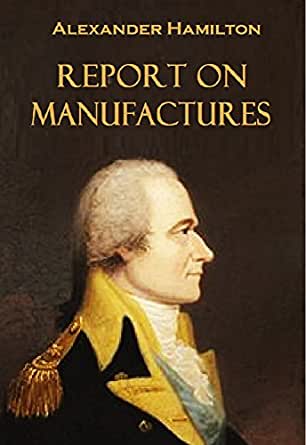
RECOMMENDED READING
As David P. Goldman points out in his foreword, government funding for basic scientific research is an important public good that the U.S. has benefited from enormously during the postwar era. Support for funding was built on the consensus that science had won the war – not just the atomic bomb, but technologies like radar, the production of antibiotics like penicillin, and the digital computer. Other countries have seen the benefits and have followed suit with significant investments of their own in basic research. While NASA and DARPA have been important forces on the forefront of many pioneering innovations, we should not overlook the extensive research support from the National Science Foundation, the National Institutes of Health, and the Department of Energy (as a successor to the Atomic Energy Commission and the Energy Research and Development Administration) and the National Labs, all of which have contributed substantially to America’s global leadership.
I also want to reinforce Goldman’s comments on subsidies for capital-intensive industries. This is one of the most pernicious issues in world trade. While Chinese companies have benefited considerably, there are several challenges with addressing this issue:
- In China there is a general lack of transparency on the size and terms associated with most subsidies. Many are provided by provincial or local governments and can take the forms of land grants or the construction and equipping of factories. It is very difficult to assess their magnitude, but I have seen cases that include a substantial majority of the capital costs.
- The grant of subsidies to competing manufacturers in China, and the tolerance for losses among the firms that ultimately do not survive the competition, leads to a robust Darwinian pressure that produces strong global competitors. This kind of portfolio approach parallels the way venture capitalists invest, but in the United States there is little to no tolerance for the inevitable failures (e.g., Solyndra) that a public investment approach would bring. That means we can’t pursue high-risk, but potentially high-reward, breakthrough innovations. There is little real comprehension in the U.S. of how the Chinese model works, which should be a prerequisite to understanding how to compete with it. In that regard, “Made in China 2025” investments in semiconductors would be perceived as very wasteful, but substantive strategic capabilities will (and already have) come out of it.
- It’s hard to be critical of subsidies when we use them ourselves. Most countries, including the U.S., participate in subsidy or tax benefit schemes. Maybe it’s a question of scale. When the State of Wisconsin provided $4 billion in subsidies to Foxconn to build a Gen 10.5 LCD factory in the southeastern part of the state, my reaction was the state had not ponied up enough to be a serious player in that game. If it really wanted a Gen 10.5 factory located in the state, Wisconsin should have put up at least $6 billion and included critical suppliers like Corning in the largesse.
Goldman’s recommendations to provide generous support for R&D and to invest in education and worker training represent a leadership strategy that plays to American strengths. It has some chance of restoring our position in fields where we can invest in new manufacturing process technologies that might obsolete existing competition. Equally importantly, we should be forward-looking and strengthen our leadership in areas where we are still strong—biologics, aerospace, advanced materials, and others—with a special focus on general purpose platform technologies. This was one of the pillars of the President’s Council of Advisors on Science and Technology January 2017 report on ensuring long-term U.S. leadership in semiconductors: to catalyze transformative semiconductor innovation over the next decade. If we look forward and invest in future platform technologies, we can maintain a position where the world turns to us for leadership.
Recommended Reading
On Research & Development
Pre-competitive research consortia are vital to sparking innovation.
Industrial Policy May Have Finally Arrived: But For What?
Ever since the concept of a national industrial policy was proposed in the 1970s, it has received scorn from most neo-classical economists, with those advocating it treated as the economic equivalent of chiropractors.
Policy Brief: Pre-Competitive R&D Consortia
Bridging the gap between basic research and the market













